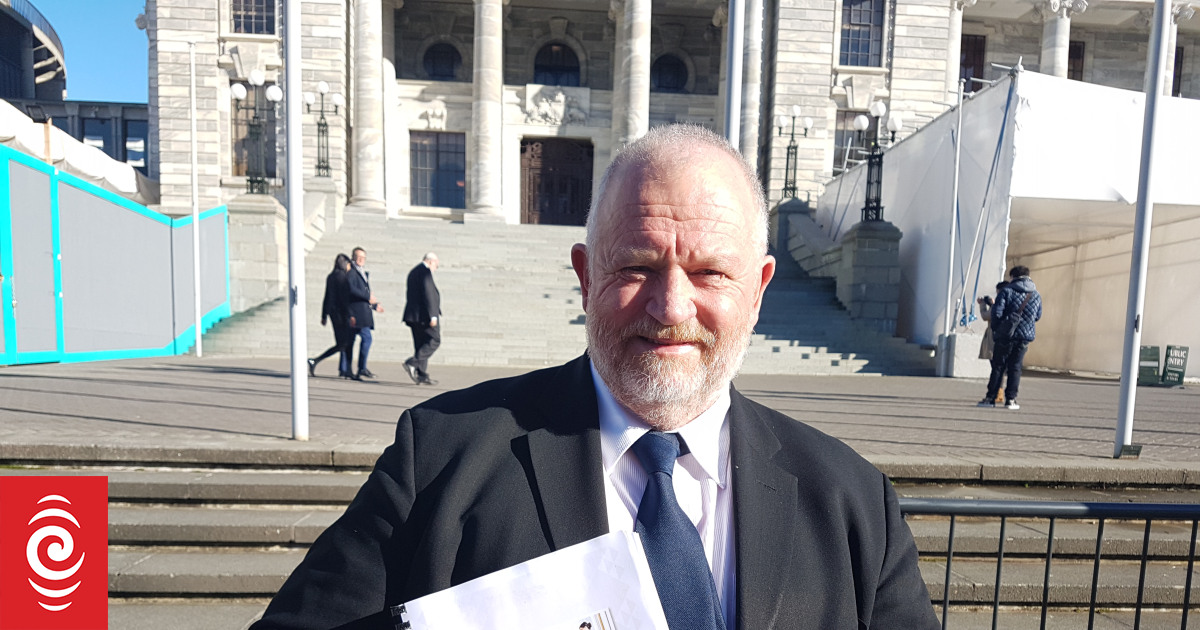Northland’s population increased by 8.3 per cent from 179,076 in 2018 to 194,007 in 2023.
Northland had one of the highest growth rates in the North Island over the last five years, according to new Census data.
The latest Census figures from 2023 released by Stats NZ on May 29 show New Zealand’s population has grown by almost 300,000 people since the 2018 Census.
The results show most people live in the North Island, where the population continues to age and diversify ethnically.
The regions neighbouring Auckland had the highest growth rates in the North Island, including Waikato, which increased by 8.9 per cent from 458,202 in 2018 to 498,771 in 2023.
Northland’s population increased by 8.3 per cent from 179,076 in 2018 to 194,007 in 2023.
The Kaipara district saw the biggest growth with 13.2 per cent, followed by the Far North, 9.5 per cent, and Whangārei 6.3 per cent.
Far North Deputy Mayor Kelly Stratford said overall, 8.3 per cent for Northland was “quite a lot of growth”.
“It’s really good that people have made the conscious decision to be counted in the last Census, but I’m very aware there were many that weren’t.
“We are already aware of significant wait lists for emergency housing and doctors.
“Hopefully the increase will mean a significant budget increase for Northland’s health needs.”
Whangārei District Council chief executive Simon Weston said the 8.3 per cent figure was “nothing extraordinary”.
“Northland is a beautiful place and we expect it to grow,” he said.
“With any growth, it needs to be managed well and able to keep up with infrastructure, from schools and medical care to roads and water supplies.
“I see a lot of growth-type projects within the district council to meet the demand of a growing district.”
Kaipara District Council chief executive Jason Marris welcomed the new Census data, which he said was “vital for helping council to make decisions”.
“It’s no surprise that Northland has grown and continues to grow, we have been seeing this for some time now, and specifically in Kaipara where it has often been named one of the fastest-growing areas in New Zealand.
“Of course, with growth comes pressure on things like infrastructure and our services, so our work is ongoing in ensuring that we continue to accommodate and meet it.”
The Census is the official count of the people and dwellings in New Zealand and is held every five years, most recently on March 7, 2023.
Census data is used to inform policy development and planning, as well as decisions regarding services such as healthcare, education, housing and transport.
The latest Census also shows the median age of people living in Northland in 2023 was 43.2 years, compared with 42.6 years in 2018.
88,092 dwellings were counted in 2023, an increase of 8.8 percent since 2018.
The number of people of Māori descent in New Zealand is rapidly growing, at almost one million – 12.5 per cent more than the previous 2018 Census figures showed.
In Northland, 77,475 people of Māori descent were counted in the 2023 Census, accounting for 39.9 per cent of the regional population.
The Māori descent population increased 11.9 per cent between the 2018 and 2023 Censuses.
In Northland, ethnic groups are now proportioned as:
⦁ 73.0 per cent European
⦁ 37.4 per cent Māori
⦁ 4.9 per cent Pacific peoples
⦁ 4.8 per cent Asian
⦁ 0.7 per cent Middle Eastern/Latin American/African
⦁ 1.1 per cent other ethnicity.
Stats NZ said it counts Māori in two ways – Māori descent is based on whakapapa, while affiliation to the Māori ethnic group is a self-determined cultural affiliation.
Jenny Ling is a news reporter and features writer for the Northern Advocate. She has a special interest in covering roading, lifestyle, business, and animal welfare issues.



